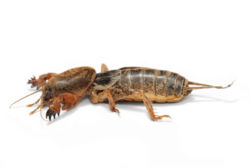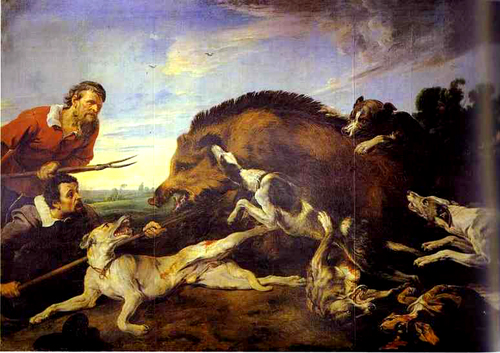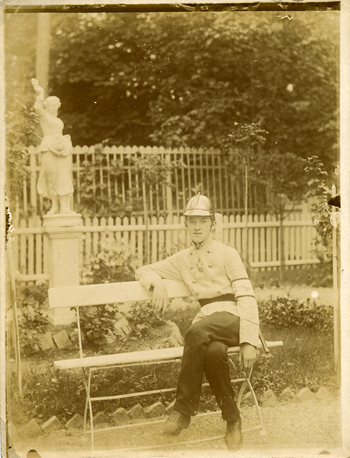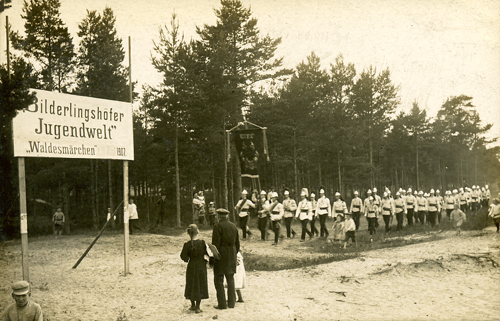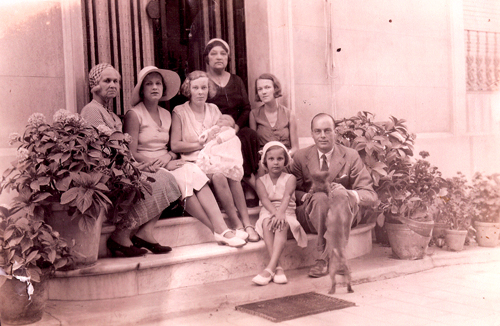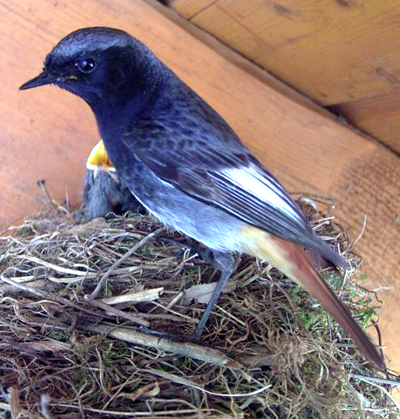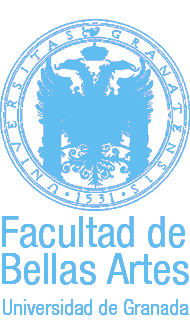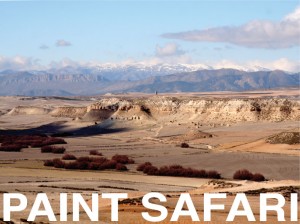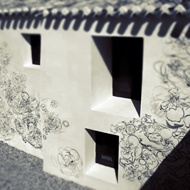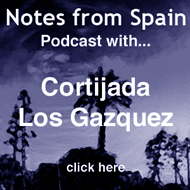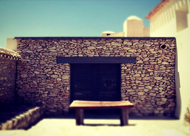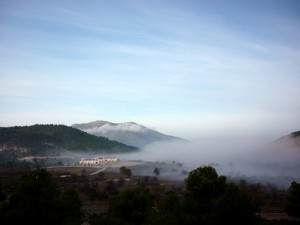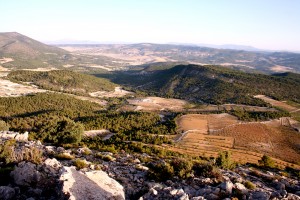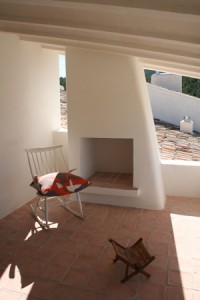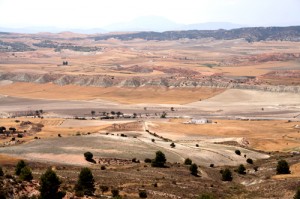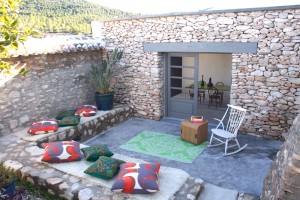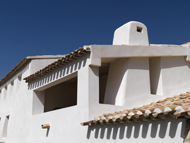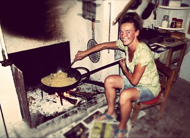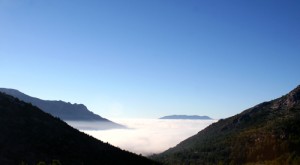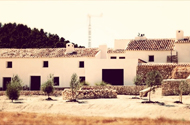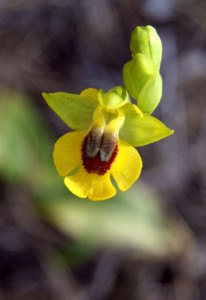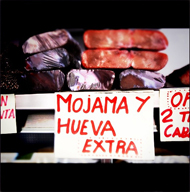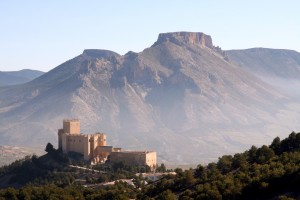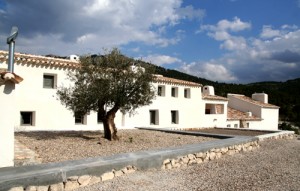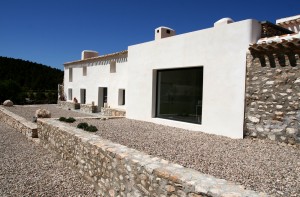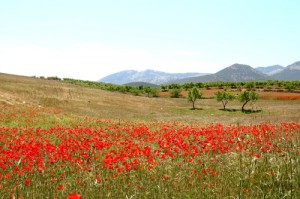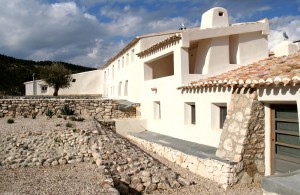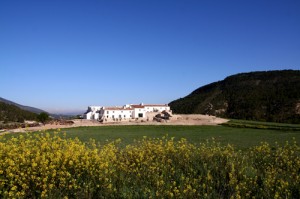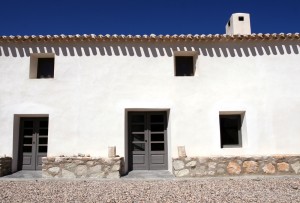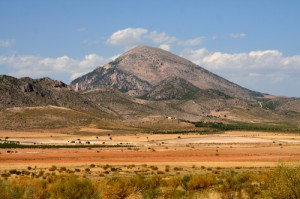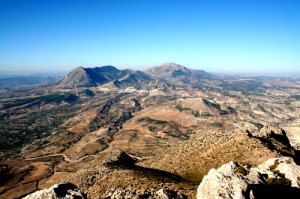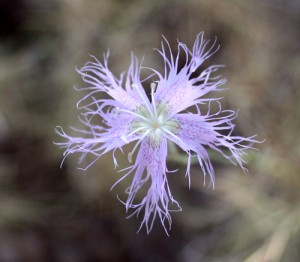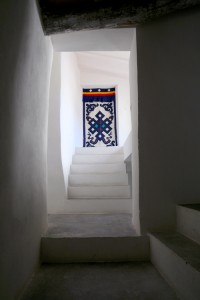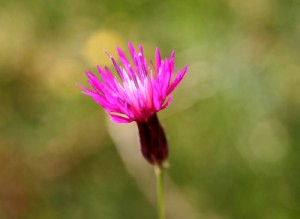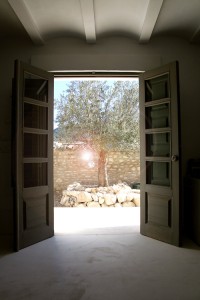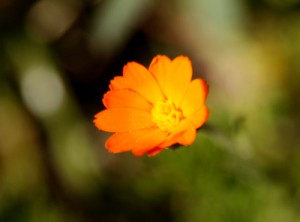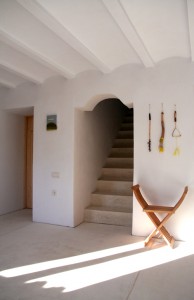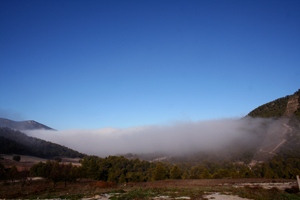I have a good friend here from Chile and one night outside a bar beneath coloured lamps and hungry smells from the ‘plancha’ he told me about ‘Chupacabra’.
In South America it is a big deal and the legend is moving north into Central America and now (inevitably) the US. Literally it means ‘goat-sucker’ and is a beast of legend which drains the blood of goats (cabra). I would imagine that in rural communities the loss of vital livestock is a big thing and naturally the legend is believed by many rural folk.
Now, in my ignorance, I thought it would be rather ‘funny’ to make up a story which I, ‘apparently’ read in ‘El Mundo’ that ‘Chupacabra’ has migrated along with the ‘Latin American’ community to Espana and in particular eastern Andalucia and specifically the Sierra Maria - Los Velez.
The problem is that on occasion we employ the most gorgeous, loyal and hard working folk from Bolivia (the toughest men I have ever met) and I thought I might raise a great laugh by telling them my ‘made up’ story.
Did I misjudge that one? Their faces ‘dropped’, a pale pallor came to their brown faces and tools fell from their hands. My cynical ‘tongue-in-cheek’ joke fell flat on the ground as for in the next couple of days we had accidents at work. Cement bags were left out in the rain, portable generators broke, things went missing and many thumbs were hit by hammers.
Never underestimate the extent to which people will believe such stories or the extent to which they can become ingrained in those societies.
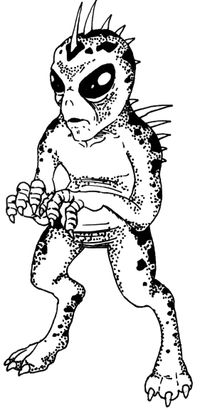

Chupacabra (also chupacabras /tʃupa’kabɾas/, from Spanish chupar: to suck, cabra: goat; goats sucker) is a cryptid said to inhabit parts of the Americas. It is associated with the ancient myth of the chimera or griffin, and more recently with alleged sightings of an unknown animal in Puerto Rico (where these sightings were first reported), Mexico, and the United States, especially in the latter’s Latin American communities. The name translates literally from the Spanish as “goat sucker.” It comes from the creature’s reported habit of attacking and drinking the blood of livestock, especially goats. Physical descriptions of the creature vary. Eyewitness sightings have been claimed as early as 1990 in Puerto Rico, and have since been reported as far north as Maine, and as far south as Chile. Mainstream scientists and experts generally hypothesize that the chupacabra is an ordinary, though perhaps unknown, species of canid, a legendary creature, or a type of urban legend. It is supposedly a heavy creature, the size of a small bear, with a row of spines reaching from the neck to the base of the tail.
History
The first known attacks occurred in March of 1995, in the island of Puerto Rico. In this attack eight sheep were discovered dead. The bodies presented three puncture wounds in the chest area and were completely drained of blood. It is predated by El Vampiro de Moca (The Vampire of Moca), a creature blamed for similar killings that occurred in the small town of Moca in the 1970s. While at first it was suspected that the killings were done randomly by some members of a Satanic cult, eventually these killings spread around the island, and many farms reported loss of animal life. The killings had one pattern in common: each of the animals had their bodies bled dry through a series of small circular incisions. Puerto Rican comedian and entrepreneur Silverio Pérez is credited with coining the term “chupacabras” soon after the first incidents were reported in the press. Shortly after the deaths in Puerto Rico, other animal deaths were reported in other countries, such as the Dominican Republic, Argentina, Bolivia, Chile, Colombia, Honduras, El Salvador, Panama, Peru, Brazil, the United States and Mexico.
Appearance
The most common description of Chupacabra is a reptile-like being, appearing to have leathery or scaly greenish-gray skin and sharp spines or quills running down its back.[ This form stands approximately 3 to 4 feet (1 to 1.2 m) high, and stands and hops in a similar fashion to a kangaroo. In at least one sighting, the creature hopped 20 feet (6 m). This variety is said to have a dog or panther-like nose and face, a forked tongue protruding from it, large fangs, and to hiss and screech when alarmed, as well as leave a sulfuric stench behind. When it screeches, some reports note that the chupacabra’s eyes glow an unusual red, then give the witnesses nausea. For some witnesses, it was seen with bat-like wings.
Another description of Chupacabra, although not as common, is described as a strange breed of wild dog. This form is mostly hairless, has a pronounced spinal ridge, unusually pronounced eye sockets, fangs, and claws. It is claimed that this breed might be an example of a dog-like reptile. The corpse of an animal found in Leon, Nicaragua, and forensically analyzed at UNAN-Leon is claimed as a specimen of this genus. Pathologists at the University found that it was an unusual looking dog-like creature of a unknown species. Unlike conventional predators, the chupacabra is said to drain all of the animal’s blood (and sometimes organs) through a single hole or two holes.
